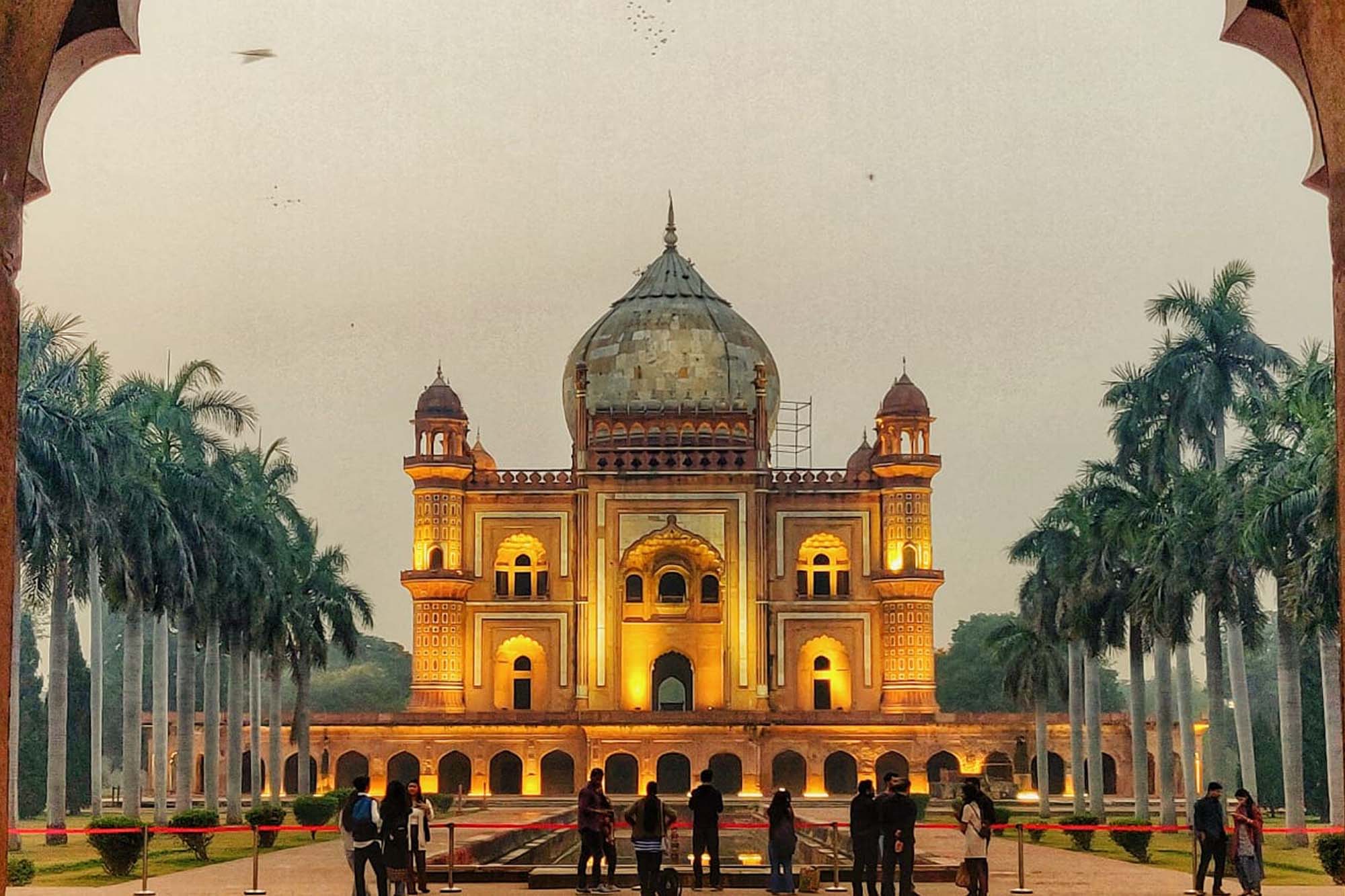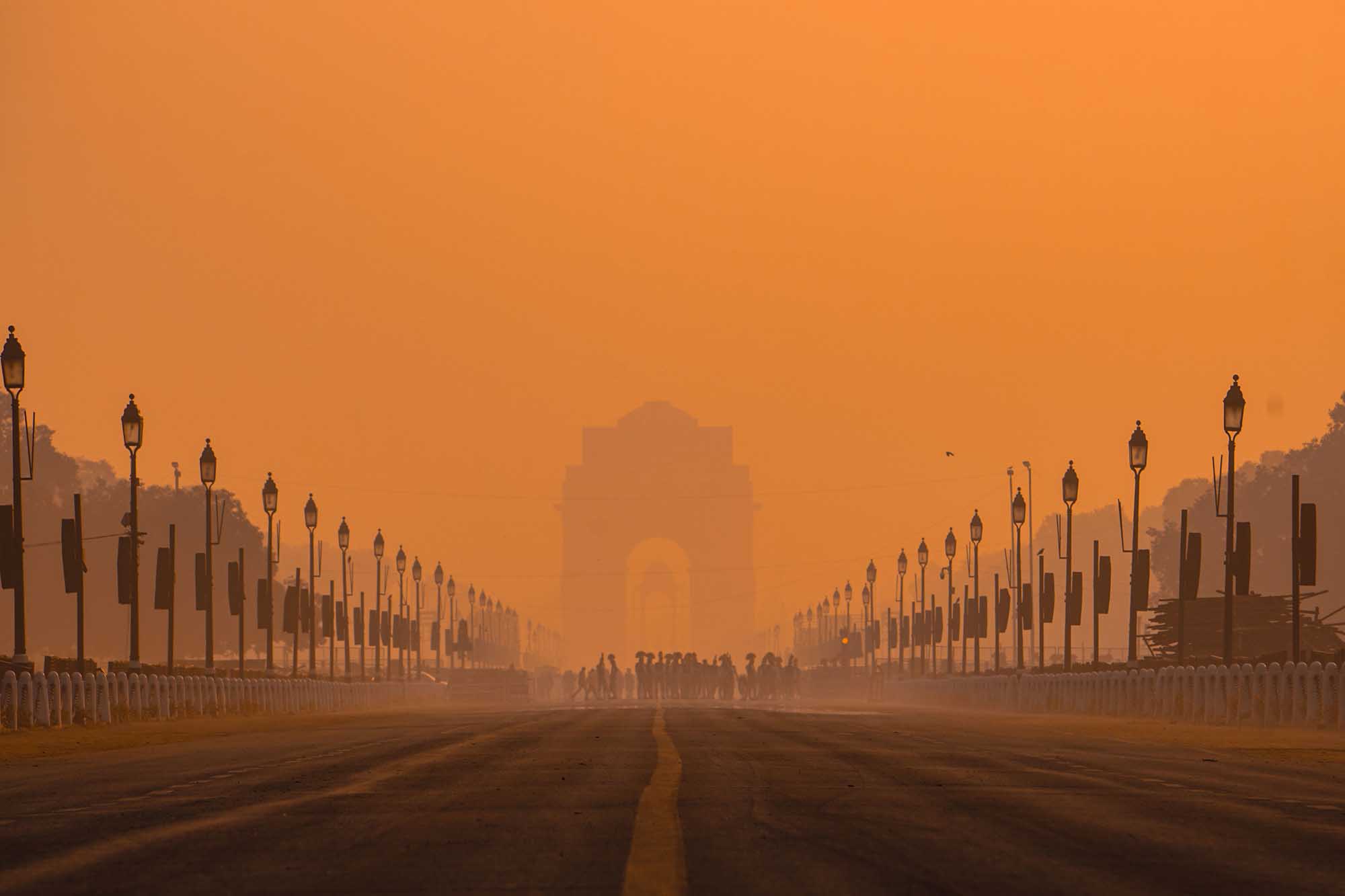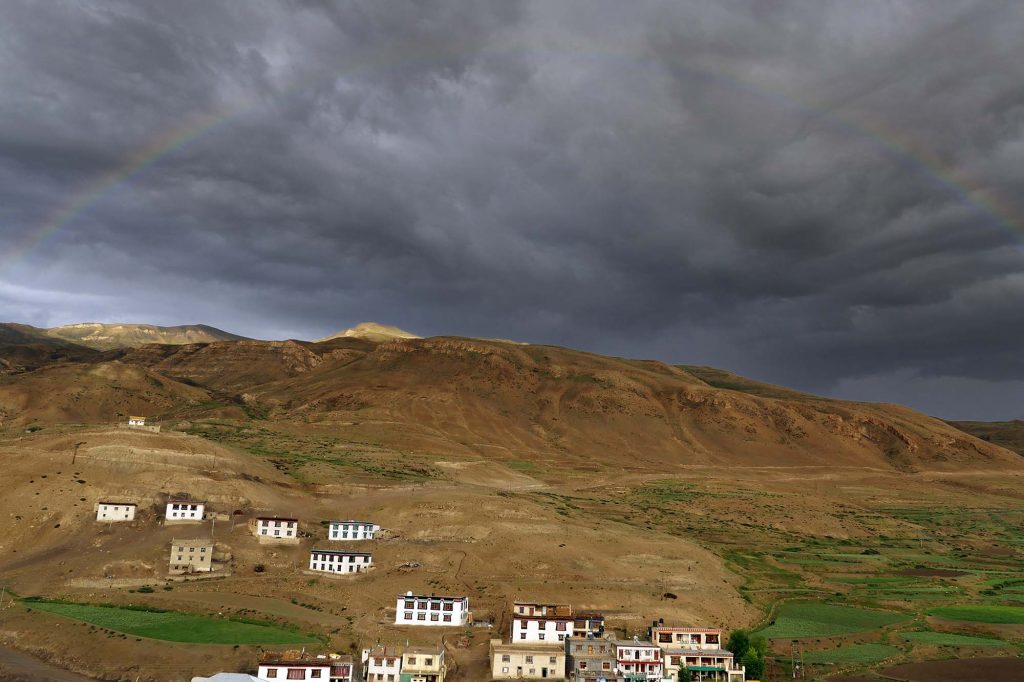Exploring the Safdurjung Tomb: A Mughal Masterpiece in Delhi
that ugly lad
- January 18, 2023
- 3 Min Read

The Safdurjung Tomb, located in the city of Delhi, India, is a mausoleum built in the 18th century for Safdarjung, a prominent statesman and nobleman during the Mughal Empire. The tomb is considered one of the last examples of Mughal architecture in India and is an important historical and architectural site.

The tomb was commissioned by Safdarjung’s son, Nawab Shujaud Daula, and was built between 1753 and 1754. The tomb is made of red sandstone and marble and features a large central chamber and several smaller chambers. The central chamber houses the tomb of Safdarjung himself, while the smaller chambers were used as a place for his family and attendants to pray.
The tomb is surrounded by a large garden, known as the Safdarjung’s Tomb Garden, which covers an area of about 300 square meters. The garden features several smaller tombs, including those of Safdarjung’s son and grandson, as well as several fountains and water channels. The garden is a popular spot for visitors to relax and enjoy the peaceful surroundings.


The architecture of the Safdurjung Tomb is a blend of Indian and Persian styles, with influences from the Mughal architectural style. The tomb’s central dome is particularly noteworthy, as it features intricate geometric designs and calligraphy that are typical of Mughal architecture. The tomb also features several smaller domes and minarets, which add to its grandeur and beauty.
The Safdurjung Tomb is an important historical site in India and is considered one of the last examples of Mughal architecture in the country. It is also an important architectural site, as it showcases the blend of Indian and Persian styles that characterized Mughal architecture. The tomb is open to visitors year-round, and it is a popular destination for tourists and history buffs alike.




In recent years, the ASI (Archaeological Survey of India) has taken the charge of maintenance and preservation of the monument. The ASI has also undertaken a project for the conservation of the Safdurjung tomb, which is expected to be completed in a few years. The project includes work on the restoration of the garden, preservation of the tomb’s architecture, and the installation of lighting and other facilities to enhance the visitor experience.
In conclusion, The Safdurjung Tomb is a magnificent architectural achievement of the Mughal era, showcasing the blend of Indian and Persian styles that characterized Mughal architecture. It is an important historical and architectural site in India, and it is a must-visit destination for anyone interested in the country’s rich history and culture.


















